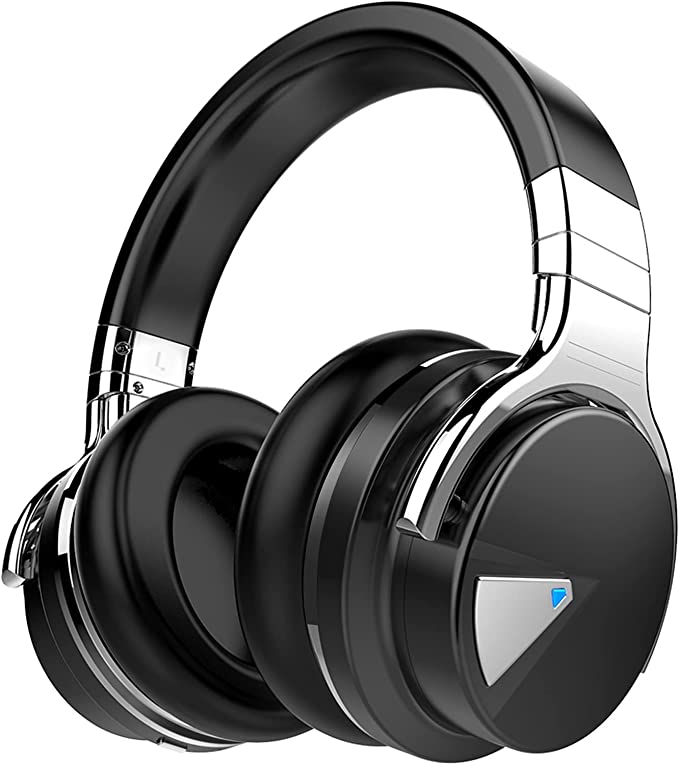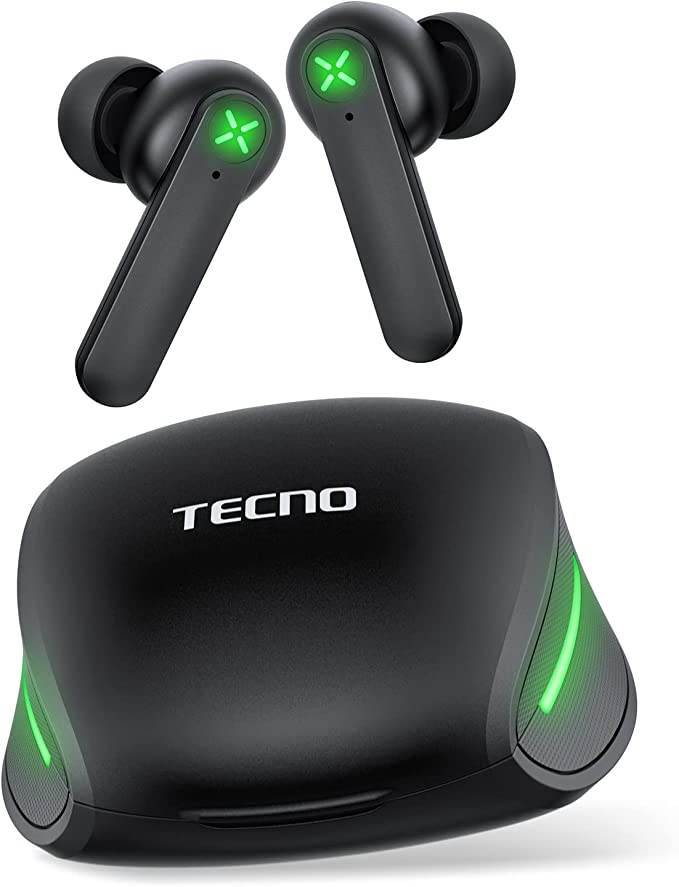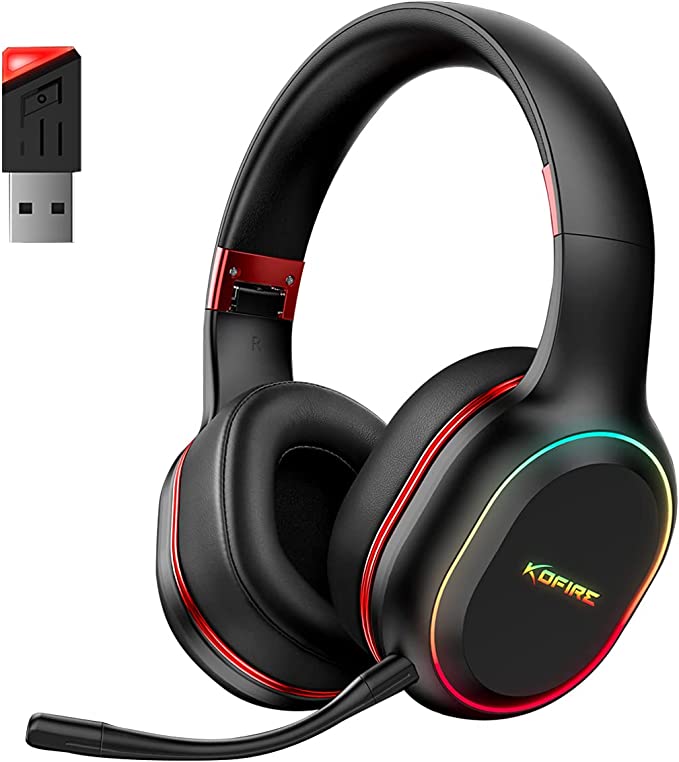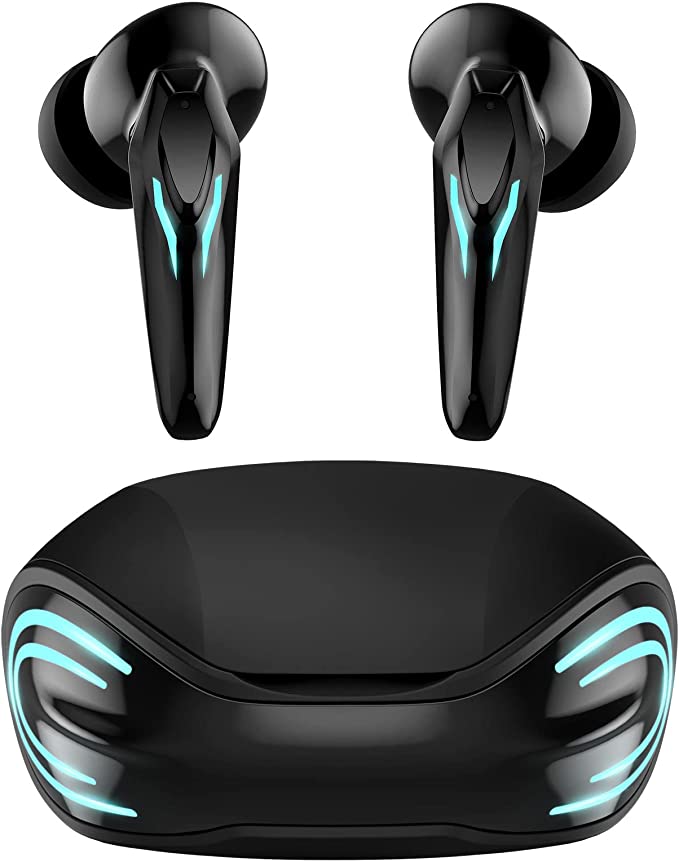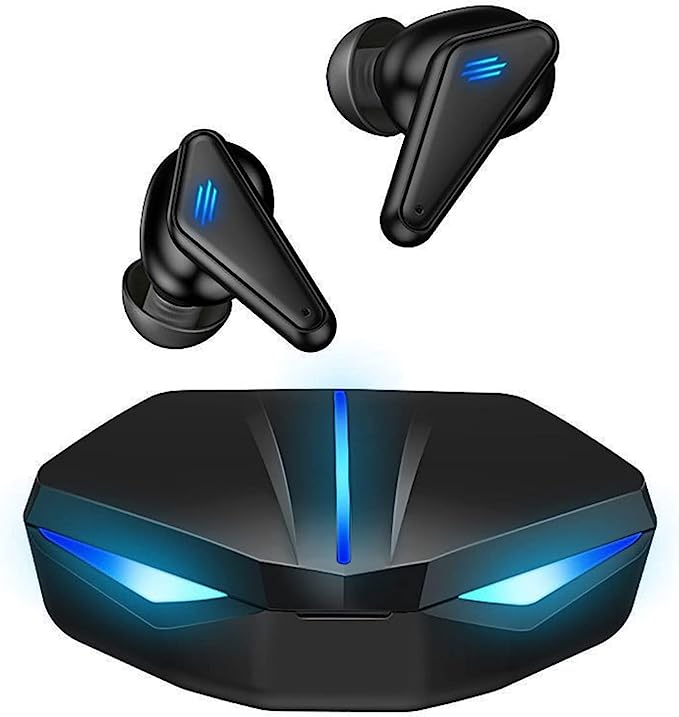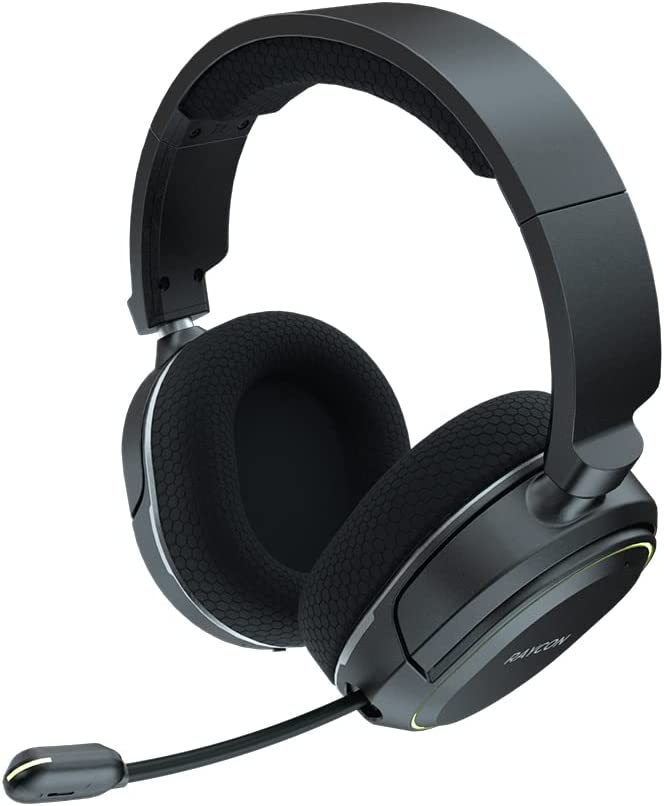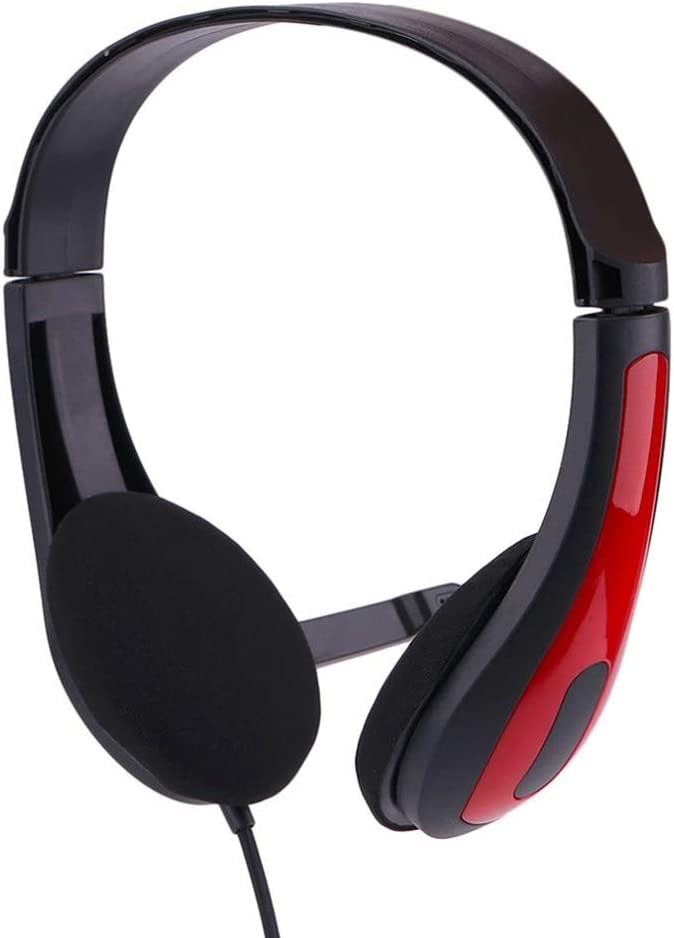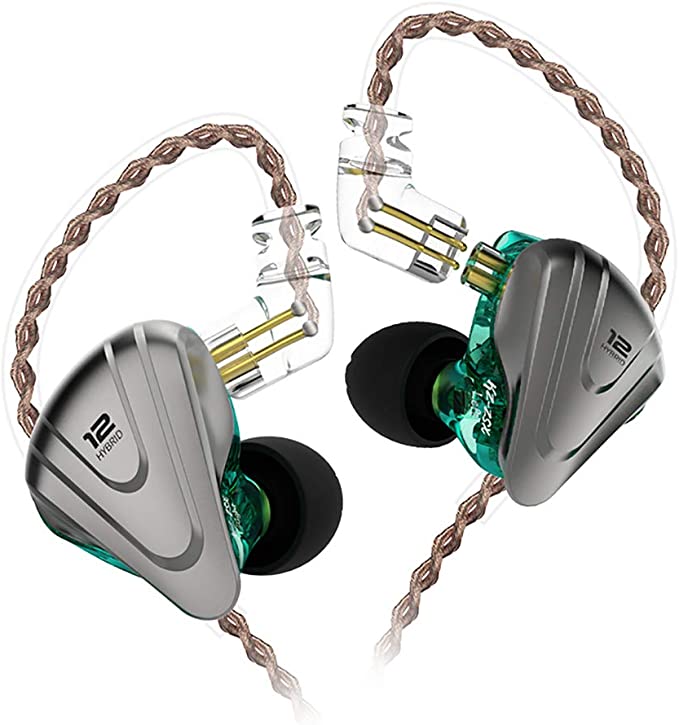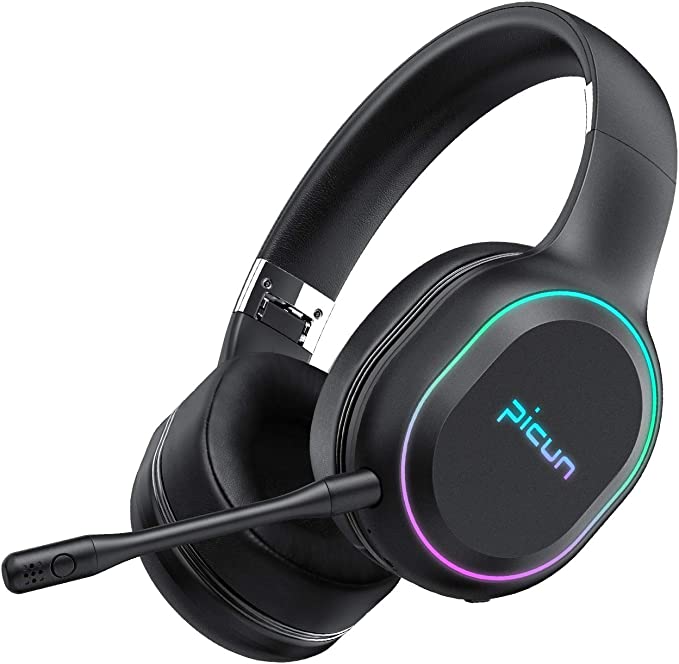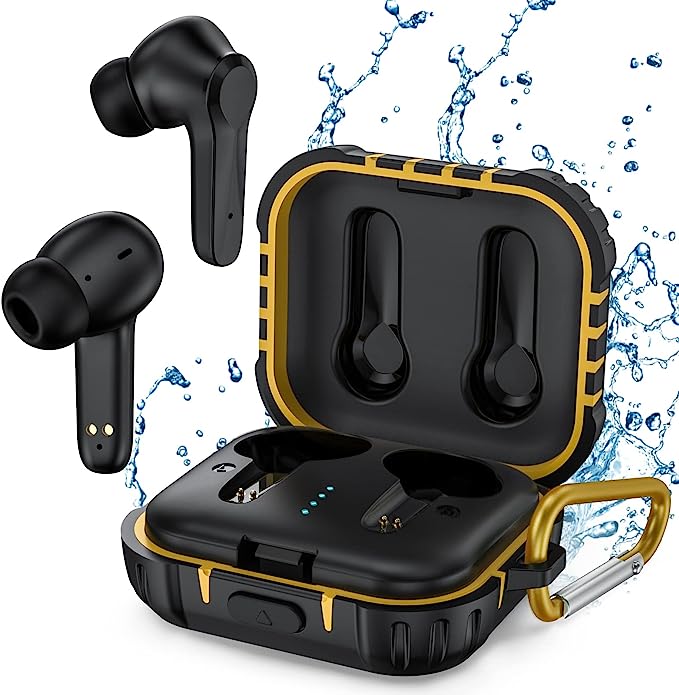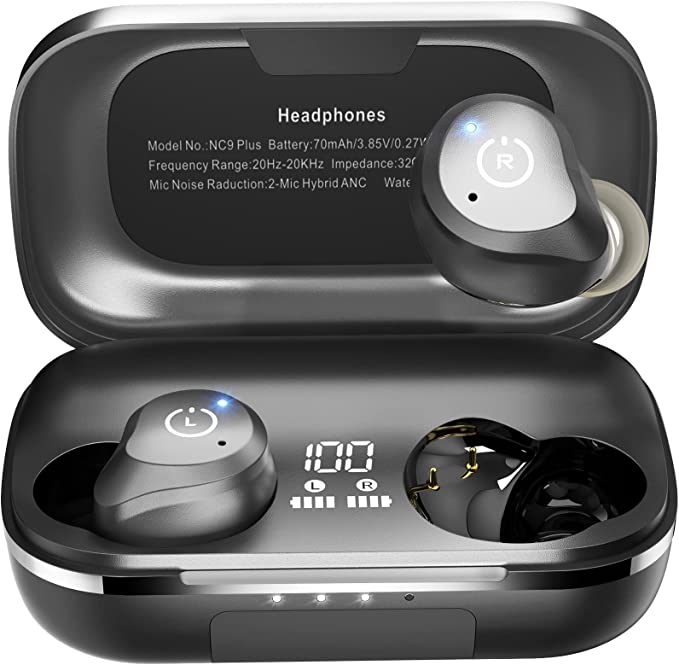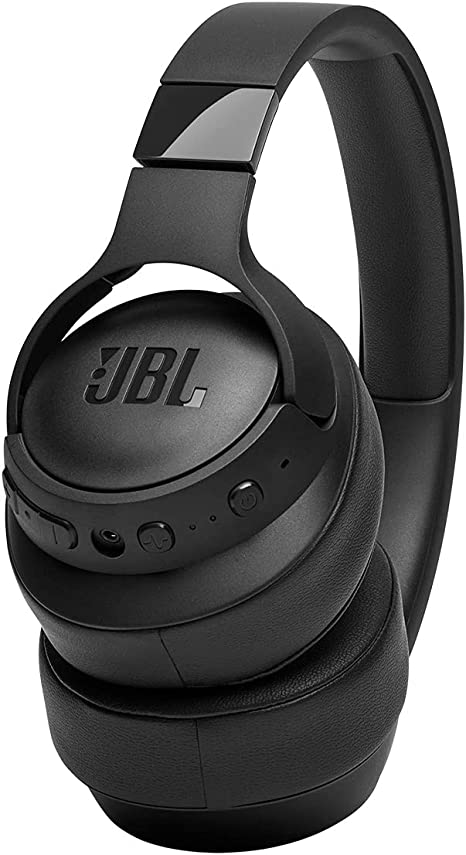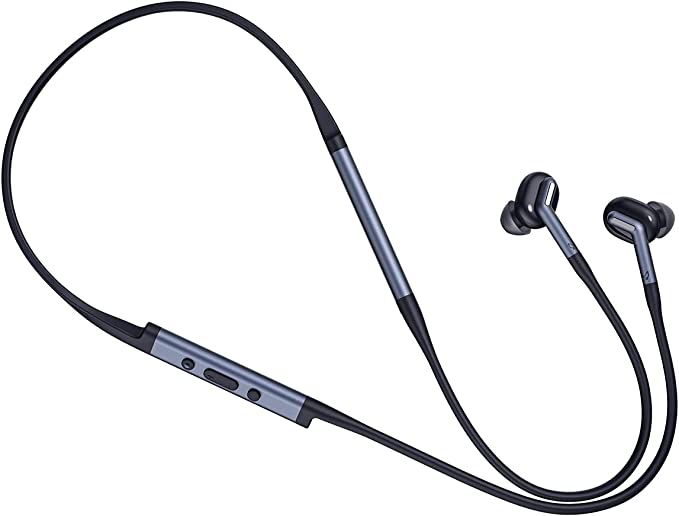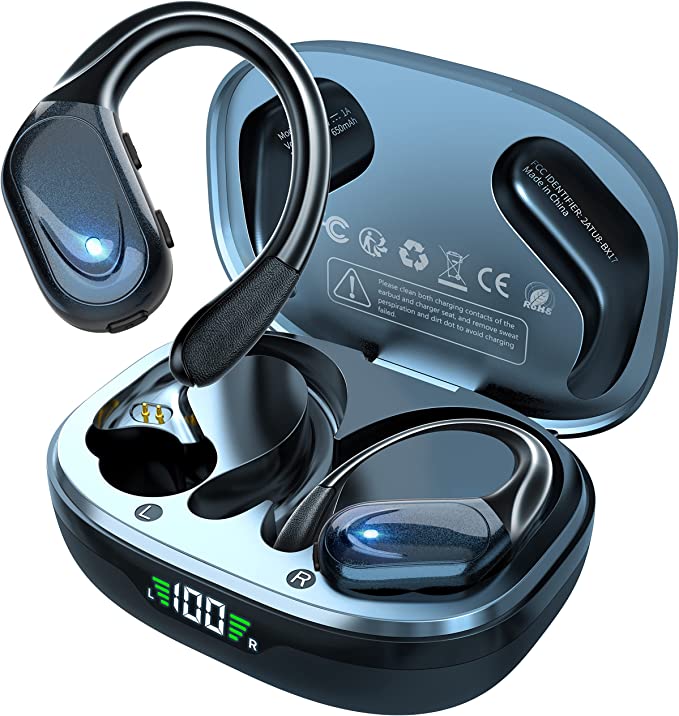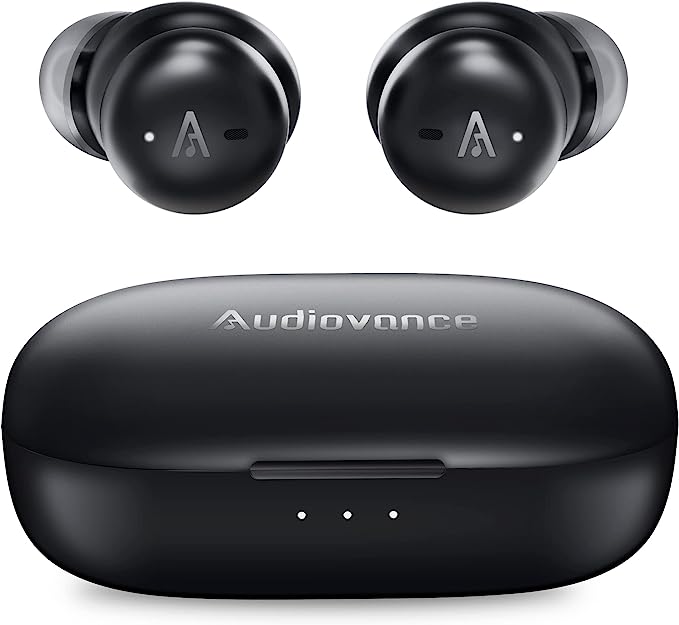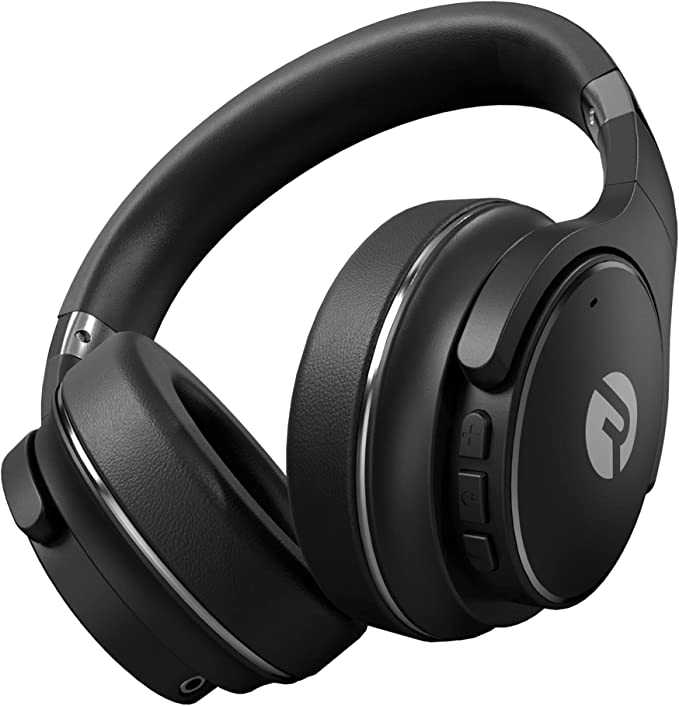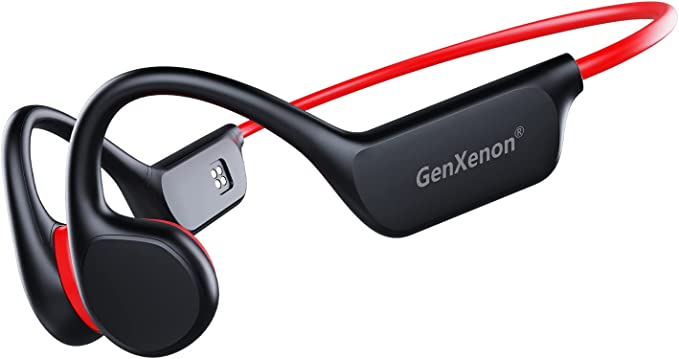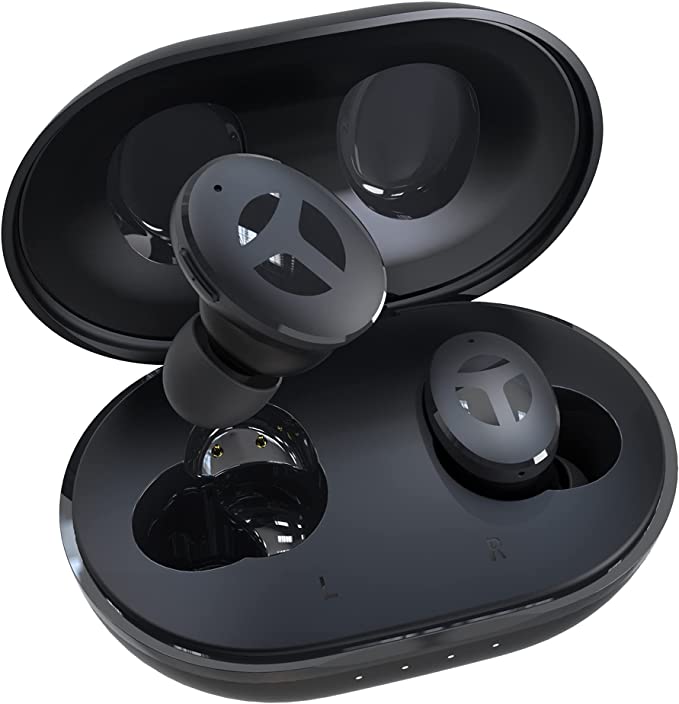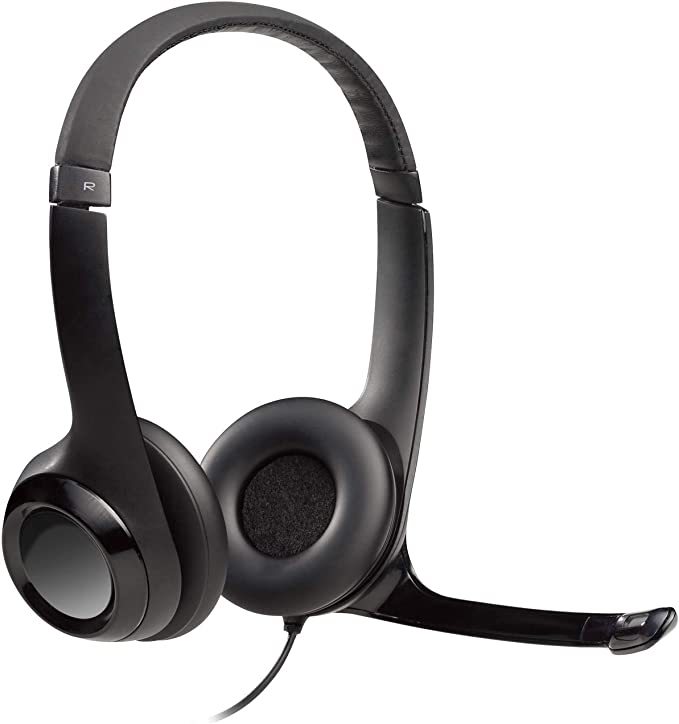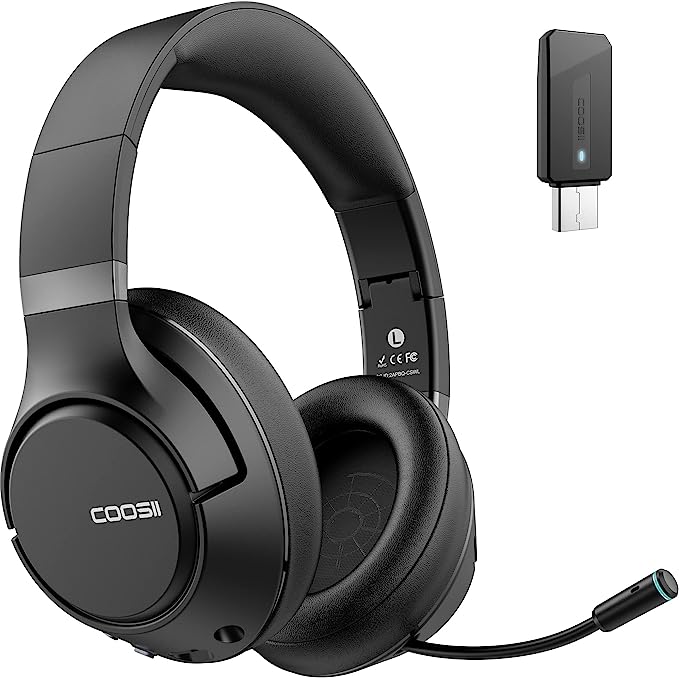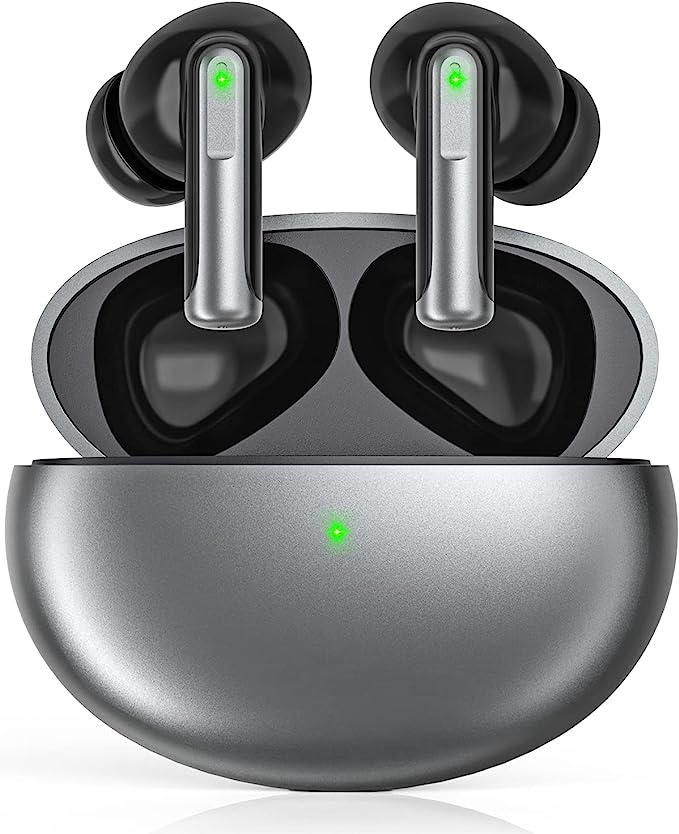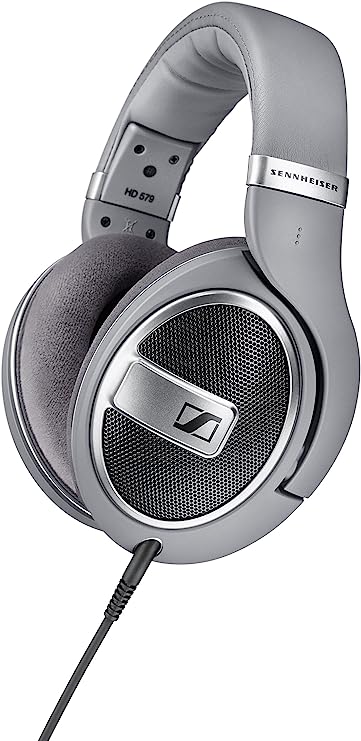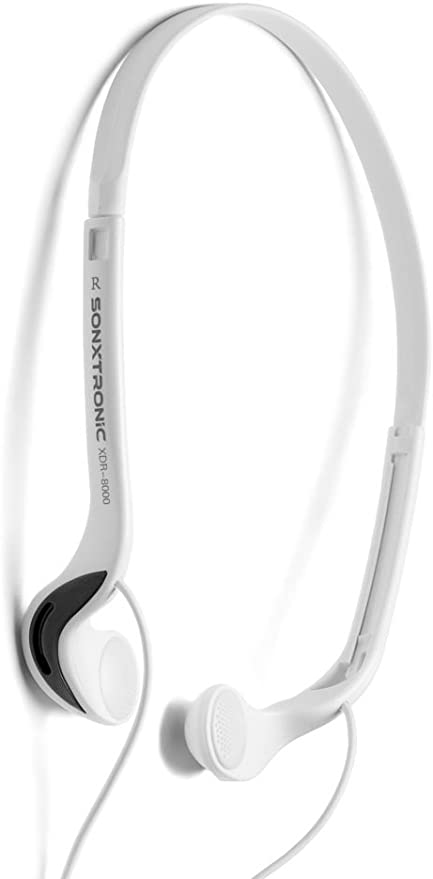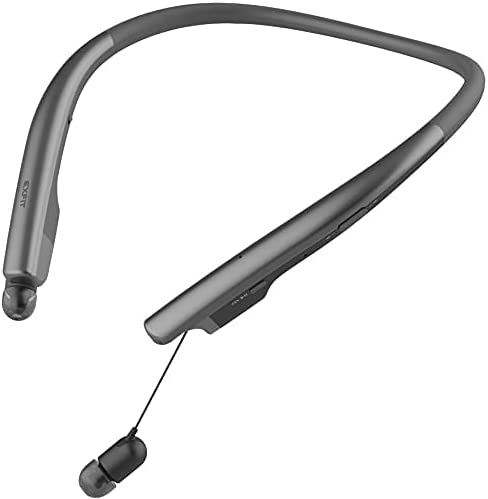The Gamer's Edge: Deconstructing Low Latency and Immersive ANC in Earbuds
Update on Nov. 14, 2025, 6:01 p.m.
In the world of competitive gaming, victory is measured in milliseconds. A player’s success hinges on their ability to perceive, process, and react faster than their opponent. While visual cues are paramount, auditory information is the unseen force that often separates the victor from the vanquished. Hearing a footstep just before an enemy rounds a corner is not a luxury; it’s a matter of digital life and death.
This has given rise to a new class of high-performance audio gear where two technological pillars stand above all others: the science of speed (low latency) and the science of focus (immersion and noise cancellation). To truly understand why these features are more than just marketing buzzwords, we’ll deconstruct them, using a purpose-built device like the Black Shark JoyBuds Pro as a technical case study.

The Science of Speed: Conquering Latency
Latency is the delay between an action happening on-screen and you hearing its corresponding sound. In wireless audio, this delay is inherent to the process of encoding, transmitting, and decoding the signal. For casual music listening, a small delay is unnoticeable. For a gamer, it’s a critical failure. A latency of even 150 milliseconds (ms) can create a jarring disconnect that gets you eliminated.
Competitive gaming demands latency below the threshold of human perception. This is where a specification like the JoyBuds Pro’s 85ms full-link ultra-low latency becomes a critical performance metric. “Full-link” refers to the entire journey, from the source device to your ear. This is achieved through a synergy of technologies:
- Bluetooth 5.2: This version of the wireless standard is more efficient at packaging and transmitting data, providing a more stable and faster pipeline for the audio signal.
- aptX-Adaptive Codec: This is the real star of the show. A codec is the language used to compress and decompress audio for wireless transmission. The aptX-Adaptive codec, part of the Qualcomm Snapdragon Sound platform, is intelligent. It can dynamically adjust its bitrate, prioritizing ultra-low latency when a game is detected, and then shifting to prioritize higher audio fidelity for music. It’s the technology that allows wireless audio to finally compete with the near-instantaneous response of a wired connection.
For a gamer, this means the sound of a gunshot is heard the instant it’s fired, and the direction of an enemy’s footsteps is perfectly synchronized with their position, providing the crucial data needed for a split-second reaction.

The Science of Focus: Building a Bubble of Immersion
A gamer’s second greatest enemy, after latency, is distraction. The whir of a PC fan, the rumble of traffic, or household chatter can pull you out of the zone and cause you to miss a critical audio cue. This is the problem that Active Noise Cancellation (ANC) is designed to solve.
ANC is an engineering marvel that fights sound with sound.
1. Listen: External microphones on the earbuds capture ambient noise.
2. Invert: An internal processor analyzes the sound wave of that noise and generates a perfectly opposite “anti-noise” wave.
3. Cancel: This anti-noise is played through the earbud’s speaker, and when it meets the original ambient noise, the two waves cancel each other out through destructive interference.
A specification like 40dB of noise cancellation is a powerful metric. A decibel (dB) scale is logarithmic, meaning a 40dB reduction can make a loud, persistent rumble feel like a faint whisper. This allows gamers to be completely enveloped by the game’s soundscape.
Furthermore, adaptive ANC, as seen in the JoyBuds Pro, offers different modes for different environments. A “Deep Mode” is ideal for blocking out powerful, low-frequency sounds like airplane engines or powerful cooling fans, while a “Light Mode” might be used to reduce office chatter without completely isolating you. This creates a tailored bubble of focus.
This focus is then filled by the game’s audio, reproduced by components like the 12mm high-quality drivers. A larger driver can move more air, creating the impactful bass needed for explosions and the detailed mid-range required to distinguish different in-game sounds with clarity.

The Final Piece: Clear Communication
In multiplayer gaming, communication is key. It’s not enough to just hear the game; your team needs to hear you. This is where call noise reduction technology, such as CVC 8.0 Dual Microphone, comes into play.
It’s important to distinguish this from ANC. * ANC is for your listening experience, quieting the world for you. * Call Noise Cancellation (CVC) is for your caller’s listening experience, cleaning up your voice for them.
A dual-microphone system uses one microphone to focus on your voice and another to capture background noise. An algorithm then subtracts the background noise from the transmission, ensuring your callouts to teammates are clear and intelligible, even in a noisy room.

Conclusion: Technology as a Competitive Tool
The world of gaming audio is no longer just about sound quality; it’s about performance. Devices purpose-built for gaming, like the Black Shark JoyBuds Pro, represent a convergence of technologies all aimed at giving the user a tangible competitive advantage.
By understanding the science behind ultra-low latency, you can appreciate the quest for instantaneous audio-visual sync. By decoding the power of high-decibel ANC, you can recognize the value of a distraction-free mental space. Together, these technologies do more than just play sound; they deliver critical data with speed and clarity. They transform a simple pair of earbuds from a lifestyle accessory into a vital piece of competitive gaming equipment.


